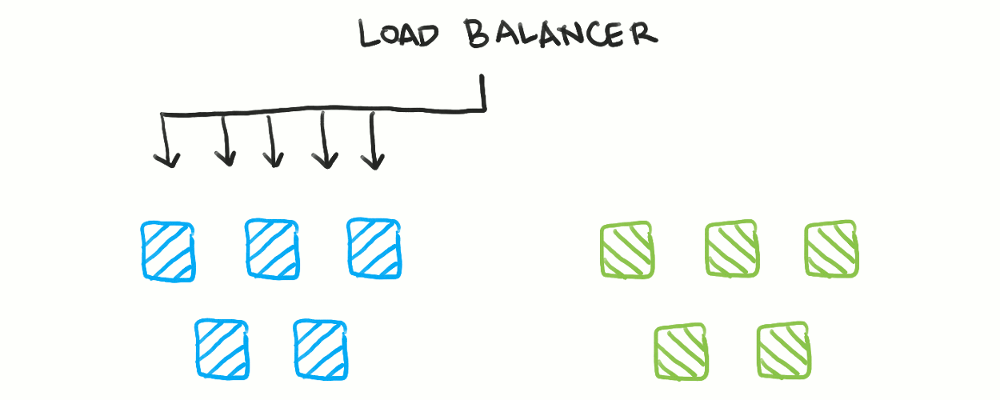The Role of Reverse Proxies in Modern System Architecture
Introduction
Reverse proxies are crucial elements in contemporary system architecture, providing several advantages such as load balancing, SSL termination, and caching. This blog post delves into each of these benefits and how they contribute to an efficient and secure web application.
1. Load Balancing
Distributing Traffic
A reverse proxy sits between client devices and backend servers, evenly distributing incoming traffic across multiple servers. This load-balancing capability ensures that no single server becomes overwhelmed, thereby maintaining optimal performance and preventing server failures.
A[Client] --> B[Reverse Proxy]
B --> C[Server 1]
B --> D[Server 2]
B --> E[Server 3]Scaling and High Availability
Load balancing with reverse proxies enables seamless scaling of backend servers and increased availability. New servers can be added or removed without any disruption to clients, ensuring the web application is always accessible and responsive.
2. SSL Termination
Centralized SSL Management
Reverse proxies simplify SSL certificate management by centralizing it at the proxy level. The reverse proxy handles all SSL-related tasks, such as establishing secure connections and decrypting requests before forwarding them to backend servers.
# Example of SSL configuration in Nginx reverse proxy
server {
listen 80;
server_name example.com;
return 301 https://$host$request_uri;
}
server {
listen 443 ssl;
server_name example.com;
ssl_certificate /etc/ssl/certs/example.com.crt;
ssl_certificate_key /etc/ssl/private/example.com.key;
location / {
proxy_pass <http://backend>;
}
}
This is an example of an Nginx configuration file that sets up a reverse proxy with SSL encryption for a website. The configuration file consists of two server blocks.
First server block: Redirects HTTP traffic (port 80) to HTTPS (port 443).
Second server block:
Listens on port 443 for HTTPS traffic and enables SSL.
Specifies the domain name (example.com).
Points to the SSL certificate and its private key.
Forwards incoming requests to the backend server.
Security and Performance
By offloading SSL processing to reverse proxies, backend servers can focus on their primary function: serving application content. This separation of responsibilities improves overall system performance and security, as only the reverse proxy manages SSL connections.
3. Caching
Faster Content Delivery
Reverse proxies can store static content, such as images, stylesheets, and scripts, in their cache. When clients request this content, the reverse proxy serves it directly from the cache, reducing latency and server load. This leads to faster content delivery and improved user experience.
Cache Management
Implementing caching policies and cache purging mechanisms at the reverse proxy level provides granular control over content caching. This ensures that the most frequently accessed content is readily available and that stale content is removed from the cache.
Conclusion
In conclusion, reverse proxies play a significant role in modern system architecture, enhancing web applications' performance, security, and scalability. By understanding and utilizing the benefits of reverse proxies, developers and system architects can design and maintain more efficient and robust web applications.




Love the illustrations, what are you using to produce the first one?